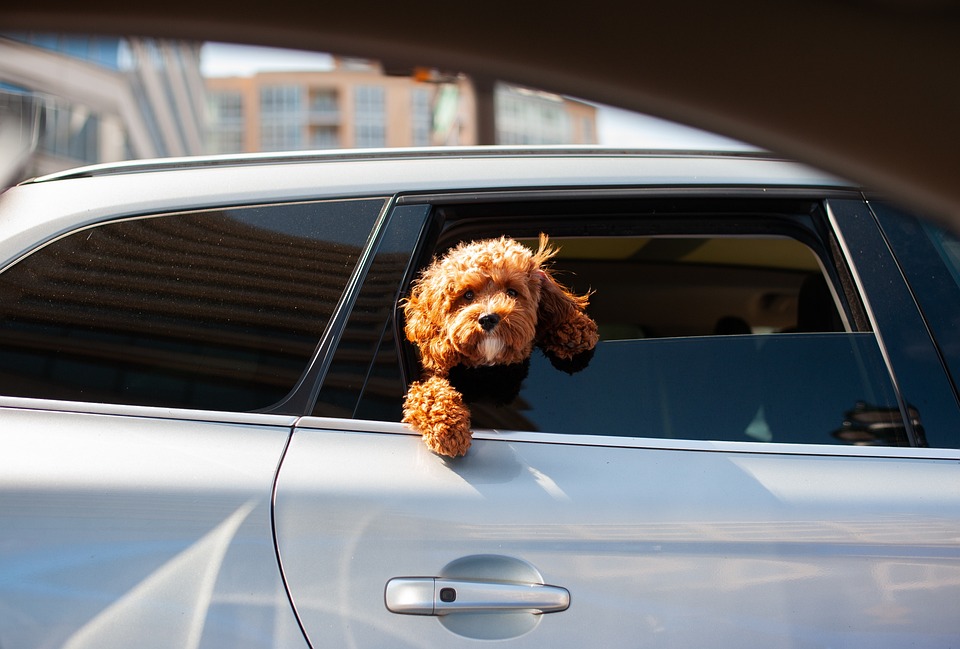Designating a specific sleeping area for your dog not only provides a sense of security and routine but also helps maintain a clean and organized living space. Training your dog to use this designated sleeping area can be a rewarding and beneficial experience for both you and your furry friend. In this article, we will guide you through the process of training your dog to use a designated sleeping area, along with some frequently asked questions to help address any concerns you may have.
Before you begin the training process, it’s crucial to select an appropriate sleeping area for your dog. Consider the following factors when choosing the perfect spot:
1. Size and Comfort: Ensure the sleeping area is spacious enough for your dog to stretch out comfortably. Provide a soft and cozy bed or blanket to make it inviting.
2. Location: Select a quiet and peaceful area of your home where your dog can rest undisturbed. Avoid high-traffic areas or places with extreme temperature fluctuations.
3. Safety: Make sure the designated area is free from potential hazards such as electrical cords, toxic plants, or sharp objects that could harm your dog.
Once you have chosen the ideal sleeping area, it’s time to introduce it to your dog. Follow these steps to help them become familiar with their new space:
1. Positive Association: Encourage your dog to approach the sleeping area by using positive reinforcement. Offer treats or praise when they explore or lie down in the designated area.
2. Familiar Scent: Place one of your dog’s familiar items, such as a favorite toy or a blanket with their scent, in the designated sleeping area. This will help create a sense of comfort and familiarity.
3. Gradual Transition: If your dog is used to sleeping in a different location, gradually move their bed or blanket towards the designated area over a few days. This will ease the transition and prevent any sudden resistance.
Dogs thrive on routines, so establishing a consistent routine around their sleeping area will aid in training them to use it consistently. Here’s how to establish a routine:
1. Regular Feeding Schedule: Feed your dog at the same time each day, preferably near their designated sleeping area. This will associate positive experiences with the area and encourage them to use it.
2. Bedtime Ritual: Develop a bedtime routine that includes guiding your dog to their designated sleeping area at a specific time each night. Use verbal cues like “bedtime” or “go to your bed” to reinforce the association.
3. Reinforce Good Behavior: Whenever your dog voluntarily goes to their designated sleeping area, reward them with treats, praise, or a favorite toy. Positive reinforcement will strengthen the habit and make them more likely to use it regularly.
FAQs: Frequently Asked Questions
1. What if my dog doesn’t want to use the designated sleeping area?
If your dog is hesitant, be patient and continue to use positive reinforcement. Offer treats or toys in the designated area and provide verbal encouragement. Gradually increase their exposure to the area and avoid forcing them.
2. Should I confine my dog to the designated sleeping area?
Unless you have a specific reason to confine your dog, it’s generally best to let them have freedom of movement. The goal is to encourage them to voluntarily choose the designated area, not to restrict their access to other parts of your home.
3. What if my dog has accidents in their designated sleeping area?
Accidents can happen during the training process. If your dog has an accident, clean it up without scolding them. Consider adjusting your training approach, reviewing their feeding and bathroom schedule, or consulting a veterinarian if the accidents persist.
Remember, training your dog to use a designated sleeping area requires patience, consistency, and positive reinforcement. By creating a comfortable and safe space and establishing a routine, you can help your furry friend develop a healthy sleeping habit while maintaining a harmonious home environment.









